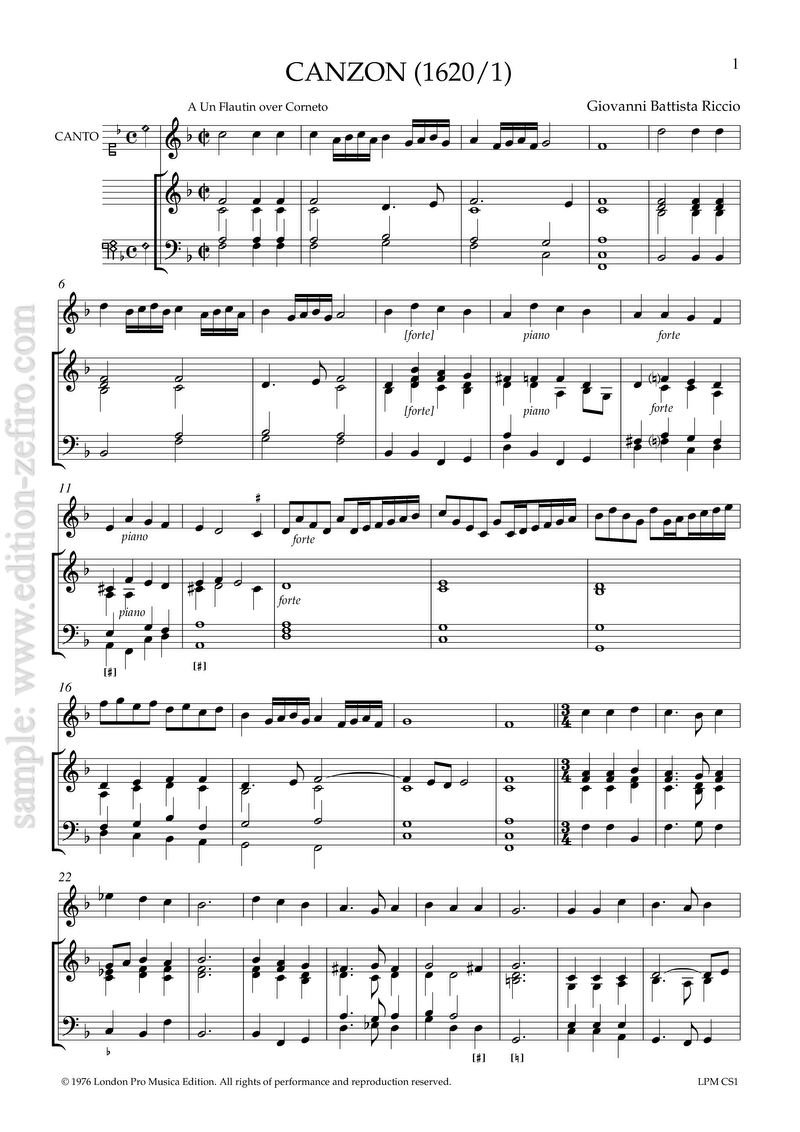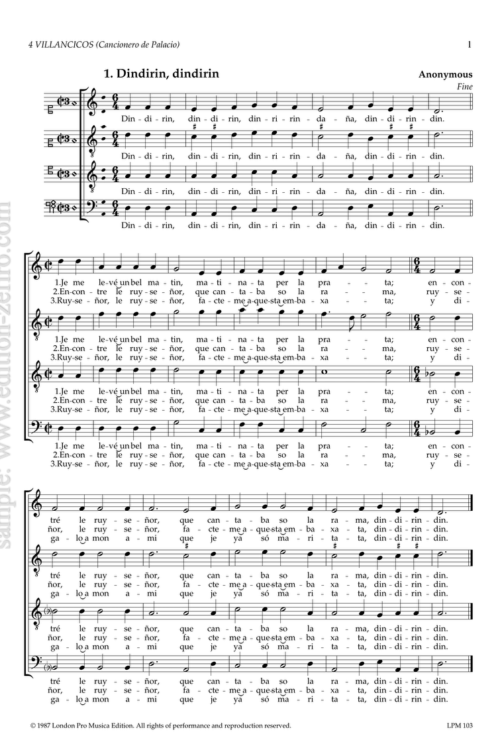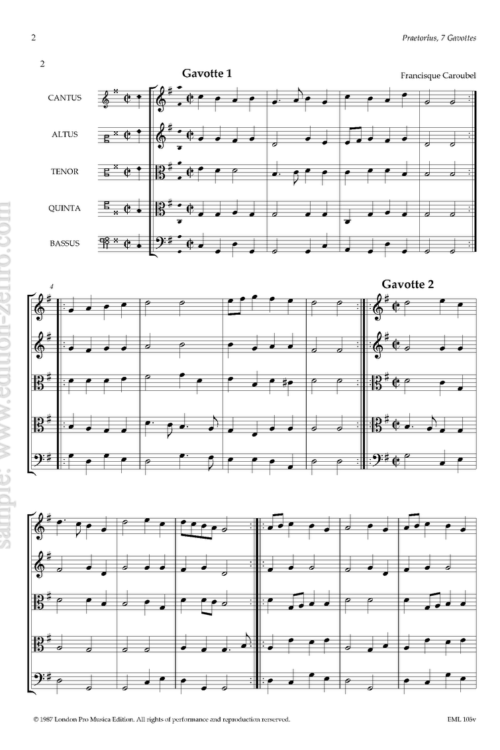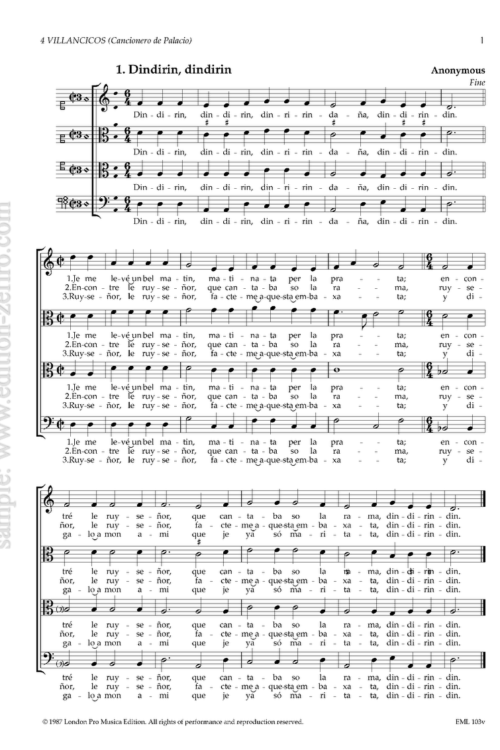For recorder (cornetto) and continuo.
Giovanni Battista Riccio (fl. 1609-21) was an organist and violinist who was active in Venice in the confraternity of San Giovanni Evangelista. Riccio adapted the style used by Giovanni Gabrieli in works for brass orchestras to suite the needs of small ensembles. Like Gabrieli, Riccio was primarily a composer of vocal music.
The solo canzona presented here first appeared with psalms, antiphons and other instrumental pieces in Riccio’s Terzo libro delle divine lodi. (1620/1). Scored by Riccio for (soprano) recorder or cornetto, it is one of the earliest pieces in the tradition of the solo sonata.
Continuo practice in Venice favoured the organ over the harpsichord. The largest of Venetian organs in use were small instruments with a few 4′ or 8′ stops and a short pedal coupled to the manual. Similarly, the Venetian harpsichord was a single-manual instrument with few stops.
The tempo should be Moderato to Allegretto. Riccio’s flourishes and cadenzas dictate the upper limits of duple-metre sections. Triple-metre sections, being already substantially reduced, should not be rushed. Ornamentation may be added, particularly at cadences, and in the repetition of the ritornello.
(Eleanor Selfridge-Field, Sunnyvale, California, 1975)






